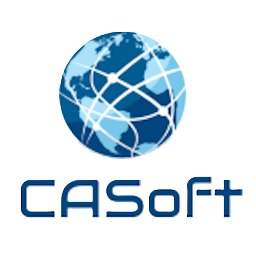The original and fundamental philosophy of UML is to be unambiguous and understandable by most, without requiring an in-depth knowledge of a complex semantic.This philosophy…
Taking over a new project, a new role or a new job… restarting. The objectives a project take over are (in this order): In order…
The Master Mind principle consists in a group of capable and as much as possible complementary people, who cooperate in the spirit of harmony, in…
Creating a shared vision consists of establishing and actively maintaining agreement and commitment about what is to be done and how it will be done.A…
What do you know about Processes? Dictionary definition: Processes are operational systems for supplying or realising products. Processes may include separate stages with clearly defined…
Very good and entertaining book written by James R. Persse on Project Management best practices. Get it from Fishpond.com.au It will also encourage you to…
Years ago in the manufacturing industry, ERP solutions federated all the information in one place, in order to optimise processes and costs. The coming generation…
I organise several Initiation to UML courses, which include hands-on exercises, such as: These 3 courses are usually intended for Software Developers, Architects and System…
